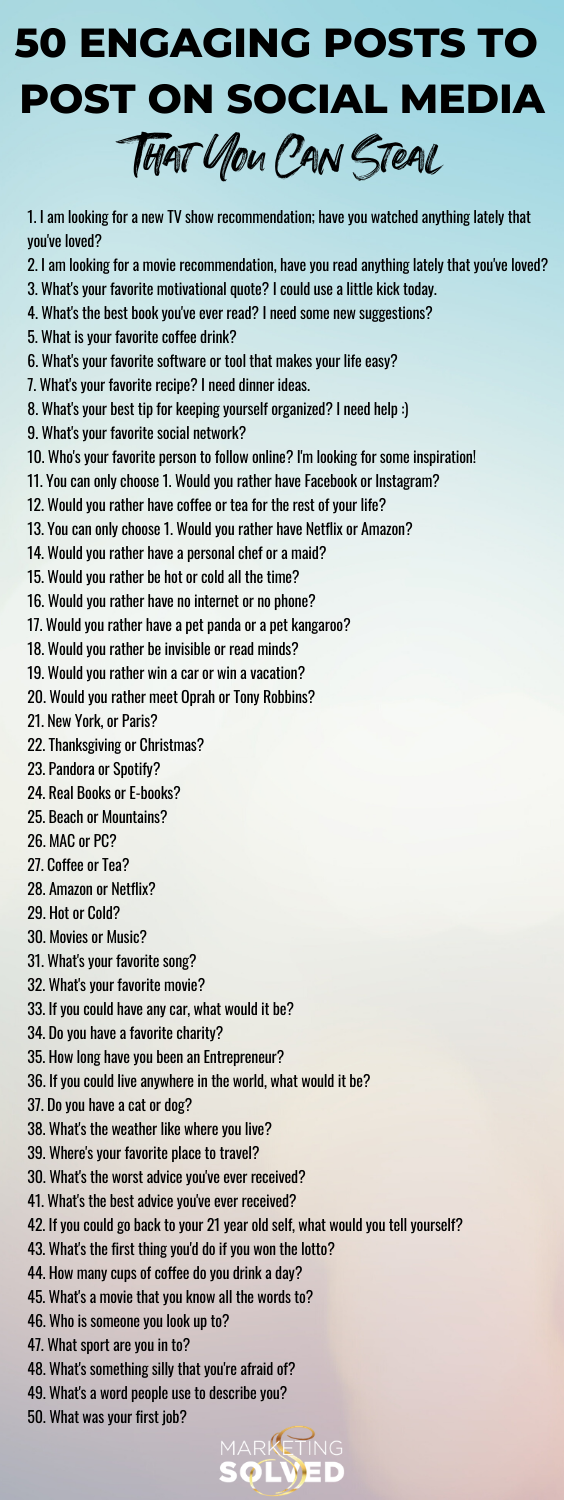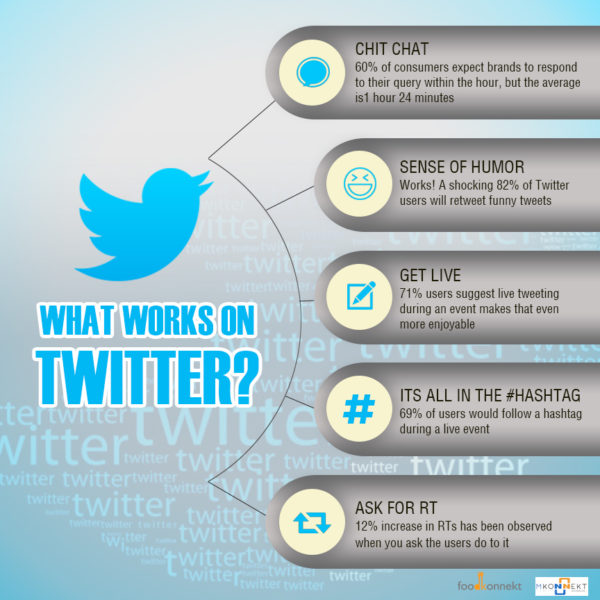
Establishing a dialog with customers is one of the most important aspects of best-practice marketing. Talking with customers can help you understand their needs and offer solutions. Your products and services should be tailored to your customers. This is one of the best marketing strategies. Through your marketing outreach, you should also engage in a dialogue with your customers to understand their pain points and discover ways to improve their lives. You can build trust and a relationship with your customers by following these best practices in marketing.
Developing buyer personas
The best strategy for creating more effective marketing campaigns is to develop buyer personas. Buyer personas allow you to determine what motivates people to buy specific products and services. The KPIs (key performance indicators), challenges and goals triangle are the core of buyer personas. Understanding these factors allows you to target marketing efforts with a product/service that addresses their needs. Even though your product or services are applicable to multiple buyer persons, the messages that you send them will be different. These buyer personas also include their personal characteristics, including extraversion, risk aversion, and ways of processing data.
Different types and styles of content
Your message and audience are important when you create content for your business. You also need to plan where the content will be published. You can use case studies to highlight the value of your service or product and the return on investment. These case studies are a great way for your audience to be engaged and build strong brand loyalty. It is also a great way to leverage social proof as an off-page SEO signal.

Track email messages
Email tracking can help increase your click-through rates, and ultimately make you more money. Email tracking pixels work by firing whenever a person opens or clicks on an email. They can be added manually by the sales and marketing team, or by third party software. If you decide to manually add tracking pixels in your email messages, make sure that the pixel is placed before the /body tag.
Create a seamless experience across all channels
It is not easy to create a seamless experience on all channels. Many aspects of this experience must be considered. In order to create a seamless customer journey, you must start with a plan that covers all channels. It is possible to avoid problems by using these four basic principles. You should personalize all communications and experiment with a variety of messaging strategies to determine the best ones for your customers.
Tailoring your product to each customer
The product content that customers see while searching for it is different from the content they see once they purchase it. Your content should be tailored to suit different customers. You can personalize your content by collecting data about your visitors. This information could range from their location to the devices they are using. You can also include search keywords, frequency and past visits. You can also reward your customers with an expedited checkout and reduce friction by creating customized content.

FAQ
Are you a SEO expert for Content Marketing? Yes!
SEO experts understand how search engines like Google rank pages. They can also help you choose the right keywords to optimize your page.
What is strategic copy marketing?
Content Marketing is the art of creating valuable content for others to share across channels. It's about giving people the things they want. The best companies are those that get this.
Strategic Content Marketing allows you to give your customers exactly what they want at the right time.
It is important to understand what people care about, and to listen to their thoughts. You must then create content of high quality that addresses their concerns and solves them problems. This builds trust and loyalty and ensures you are top of mind when they need your product or service.
What common mistakes people make when starting a content marketing program?
The most important thing you need to do for any content marketing strategy is have a plan. You will waste your time and money if you don't have a plan. You'll create tons of content without knowing how to use it or where it should go.
A well-thought-out strategy for content marketing provides direction, focus, as well as goals. This helps you stay on track, as you move through each phase. You might start with analyzing which types of posts are generating the highest engagement rates for social media campaigns. This will allow you to determine which types of posts will drive traffic to your website and which won't. These results will help you decide whether to create a series or video blog.
People make another mistake when they don't think about how long the content marketing campaign is going to last. It makes sense to start writing content today if you plan on launching a website tomorrow. However, if your content marketing strategy has been in place for six months, it's a good idea to start writing new content now.
It takes time and effort to create great content. Don't rush this step or think too fast.
Suppose you're a business owner who wants to learn more about content marketing. Our guide How To Make Content That Workes is a good choice. It outlines ten steps to create content that works and ensures that your marketing programs are efficient.
Is content marketing successful?
Yes! Hubspot says that Content Marketing is now one of the most effective digital marketing channels to generate leads.
Do I need to have a team of people or can I do the content marketing myself?
Your budget, skills, and experience will all play a role in the answer. You will have to learn the skills necessary to create, distribute, and optimize content on your own if you don't have the budget.
You should not attempt content marketing without support.
An excellent content strategist or agency will help you save time and money, while delivering results quicker.
It is not possible to be successful if you don't work hard and deliver high-quality content. A solid content strategy is crucial.
How easy is content marketing to measure?
Yes! It's part of the process. It allows you to assess whether your efforts have been successful and if there are any changes you should make.
You can track how many visitors came from various sources--including organic search, email, social media, paid to advertise, and more--and track conversions like sales leads and purchases.
These metrics will tell you what pieces of content did well and where there are the most opportunities.
Statistics
- Content marketing produces 3X more leads per dollar spent. Content marketing costs 62% less than traditional marketing. (criteo.com)
- This marketing strategy landed Ford a 15.4% conversion rate. (neilpatel.com)
- Progress indicators (0–100%) allow each team member to see how attainable each goal is and understand what remains to be accomplished. (semrush.com)
- Seventy-two percent business to business (B2B) (mailchimp.com)
- Out of the 1,500 marketers we surveyed for our State of Content Marketing report, 78% who felt their content marketing strategy was exceptionally effective in 2021 had documented their strategy. (semrush.com)
- In fact, would pay more for a better customer experience, and 86% of B2B buyers would pay more. (neilpatel.com)
- According to our research, brand awareness, attracting traffic, and generating leads remain the key content marketing goals in 2022. (semrush.com)
- Companies that use content marketing see approximately 30% higher growth rates than businesses not using it. (mailchimp.com)
External Links
How To
Content Marketing Tips: Infographic Creation Tips
Infographics are a powerful way to simplify complicated concepts, and make information easier to understand. You should use infographics to spread the message about content marketing.
To create an infographic, you will need to use design software like Adobe Illustrator or Photoshop. These programs can be used for drawing out shapes and elements to represent data. After that, you can add fonts and colors to make it look professional. Once your design is ready, you can start uploading images from sites like Pixabay and Unsplash to insert into your design.
Online infographics can be a great source of inspiration. If you want to show calories in certain foods, then you can take a picture or diagram of a food pyramid, and add pictures of the foods. Or, you might choose to look up how much sugar is in soda pop and change that number to a picture of a bottle of Coke.
Once you have created your infographic it is possible to share it via social media channels like Facebook, Twitter and Google+. This will make it easier for people who don't know the concept to get familiar with it. You can include hashtags in your infographic if you want to share it on social media. Hashtags allow users to follow along with conversations surrounding specific topics.
Try to make your infographic posts shorter than you normally would if you create one. An average blog post can range from 2000 to 5000 word, while an informationgraphic needs only 500 to 1000 words. This allows you to convey more information in a smaller space.
Remember that not all viewers can read small font sizes when designing an infographic. You should use large fonts for your infographics. Don't rely too heavily upon color. Also, make sure that all your text is legible.
These are just a few additional tips.
-
Choose an Infographic Design Template. Many templates are available in both printable and online formats. The most popular ones include Canva, Piktochart, and Google Slides.
-
Your Infographic is ready. To create your infographic, use the template. You can use any media that suits your audience. You might use photos of local restaurants to create an infographic about the best places in Seattle.
-
Add Text. Add text after you've created your infographic.
-
Add images. Add images to an infographic. These images could be photos, charts, graphs or icons. If you want to add a picture, make sure it's relevant to your topic.
-
Make it interactive. Interactive elements like buttons, maps and links can be added to your website. This will increase engagement with your audience.
-
Share. Share your infographic with others on social media such as Facebook, Twitter and LinkedIn.
-
Measure. Measure. Did people click on your website? Are they signing up for your email newsletter? What was their reaction to your infographic?
-
Improve. Is there a way to improve your infographic? Is there anything you could do better?
-
Repeat. Repeat.